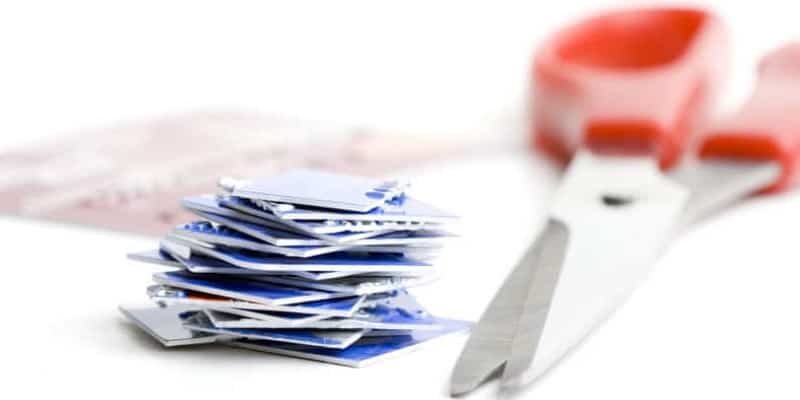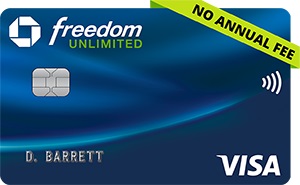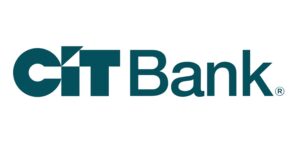 Say you opened a bank account, did all the minimum requirements for a sign-up bonus and maintained your account until the necessary date in which the early termination fee does not apply anymore. What do you do from there? Either keep the account or close it. Many would opt to close your bank account but never know how to do so.
Say you opened a bank account, did all the minimum requirements for a sign-up bonus and maintained your account until the necessary date in which the early termination fee does not apply anymore. What do you do from there? Either keep the account or close it. Many would opt to close your bank account but never know how to do so.
Within most of our post, we emphasize the guidelines of what the term is when it comes to leaving your current banking solution. Of course, closing a business account or personal checking account sounds like a seemingly easy task to handle, but what is the easiest way to close your account? Leaving out as much hassle as possible, we recommend you keep reading on to find out!
 |
 |
Determining Your Desired Banking Experience
With countless options currently available, you have the ability to select whether you want an online bank or one with physical locations. Online banks allow you easy access to your account anywhere while giving you access to basic online services. However, banks with physical locations tends to offer exceptional customer services while giving you the convenience of withdrawing and depositing your money at your own pace.
- “Brick and Mortar”Banks: These are banks with physical branches located within proximity of your address. You are able to deposit and withdraw money as well as open and close your account at your convenience.
- Online Banks: Most online banks are available nationwide and can be more efficient, especially if you are experienced with online banking and are used to paperless finances.
- Consider non-traditional options, such as credit unions, money market mutual funds, and cash management accounts.
Find Your New Bank
First step into the process is definitely not leaving your current financial institution but rather opening a new account. In fact, some banks even offer financial incentives for opening an account with cash bonuses or fantastic rates. With your account, here’s a list of guidelines to follow to avoid extra debts:
- Check if your new bank offers a “switch kit”, which includes checklists and forms to instruct depositors and billers about the change in your accounts.
- Direct deposit, automatic payments and bill pay should be fully functioning and set up at your new banking institution.
- Set up online banking with your new bank allowing you easy and quick access to your personal finances.
- Save your bank account and routing number of your primary account at your new bank, just in case.
Change Direct Deposit to Your New Account
After you have open a new account, don’t forget where your revenue and money is coming from! Get in contact with your company in regards to updating your direct deposit to reflect the change in account. In order to do so, simply provide your account’s routing and account numbers.
Additionally, request a change of Electronic Funds Transfer (EFT) by filling out a form with all employers
- If you receive occasional payments by EFT from an employer, you should play it safe and ask them to update your account. A new deposit into a closed account requires some banks to reopen your old account.
- Remember to move any other automatic deposits, such as Social Security payments.
However, do note that in between closing your bank account to successfully making the change, this may take some time to take effect. Be sure to monitor the activities of both accounts in the process.
Review and Transfer Automatic and Recurring Payments
Since most banks such as Chase, HSBC or Discover allows customers to automate much of their finances, you want to make sure that all your funds are transferred. To get started, review and identify all of your automatic and recurring payments. This can range from your rent payment, bill payment to direct deposit and automatic fund transfers. Additionally, take a second look at things you might have missesd such as television streaming services, your gym membership, student loan payments and more.
After you made sure you took note of your list of payments, you can begin changing or cancelling them from your old account to your new account. When you follow this step to close your bank account, it will ensure you don’t overdraft one account to make a payment while under-funding another.
Transfer the Money From Your Old Bank to Your New Bank
When you have confirmed that automatic transactions have been rerouted properly, you can begin to move your money. Be mindful and cognizant of any pending charges on your old account as well as any withdrawal or transfer limits to avoid overdraft fees.
However, be sure to leave enough money in your account to cover any potential remaining payments for that month. Additionally, leave some extra money in the event of unexpected expenses in connection to your current banking experience. It is better to be safe than sorry when it comes to fees!
Closing the Account
Once you have cleared all the expenses and automated services, you are ready to close your account. You can either close the account in person or write a letter requesting that the bank close your account. To do so, be sure to provide your name, address and account number. Since different banks require a range of processes, be sure you understand the following responsibilities:
- A lot of banks do not allow online account closure so contact the customer service department of your bank or visit a branch
- Some banks require special forms or letters that must be notarized.
- Make sure to get approval from any one else connected to your current account.
Request Verification
At this point, you can request to have a letter sent to you to confirm that your account has been closed. Why should you do so? Simply because in case if you have to settle any discrepancies in the future, the form comes in handy as proof of closure if your old bank resurrects your old account to make future payments at any time.
Within 5-10 business days of account closure, you should expect to receive an official letter of closure. However, if you do not receive your letter, contact your bank to see whether or not there was any problem with your account.
The Final Touches
Whether you have a checking account, savings account or business account, shred all debit cards and checkbooks connected with your previous account. This step ensures an extra step of protection to avoid accidentally using the old checks or debit card. It also prevents someone using them fraudulently. This step is absolutely essential and could be an expensive mistake if you do not do this. Even though your account is now closed, don’t forget to save your bank statements. You’ll need them for your records and potentially for taxes purposes.
Conclusion
Whether you have an account with big institutions such as Huntington Bank or TD Bank to local institutions such as Capital One or Bank of America, it is important to keep check of all your payments and fees associated with your account. Close your bank account can be a hassle. However, with the guide above, you are able to move onto a better financial institution to fit your banking needs! To find an account to fit your banking needs, check out our list of Bank Bonuses, Referral Bonuses, Bank Rates as well as our CD Rates!
 The Chase Freedom Unlimited® Card offers a $250 bonus after spending $500 on purchases in your first 3 months from account opening. Enjoy 0% Intro APR for 15 months from account opening on purchases and balance transfers, then a variable APR. In addition, you can earn: • 6.5% cash back on travel purchased through Chase TravelSM, our premier rewards program that lets you redeem rewards for cash back, travel, gift cards and more • 4.5% cash back on drugstore purchases and dining at restaurants, including takeout and eligible delivery service • 3% on all other purchases (on up to $20,000 spent in the first year). After your first year or $20,000 spent, enjoy 5% cash back on travel purchased through Chase TravelSM, 3% cash back on drugstore purchases and dining at restaurants, including takeout and eligible delivery service, and unlimited 1.5% cash back on all other purchases. There is no minimum to redeem for cash back & your cash back rewards do not expire as long as your account is open. This card comes with no annual fee and you'll get a free credit score that is updated weekly with Credit JourneySM. Member FDIC |



